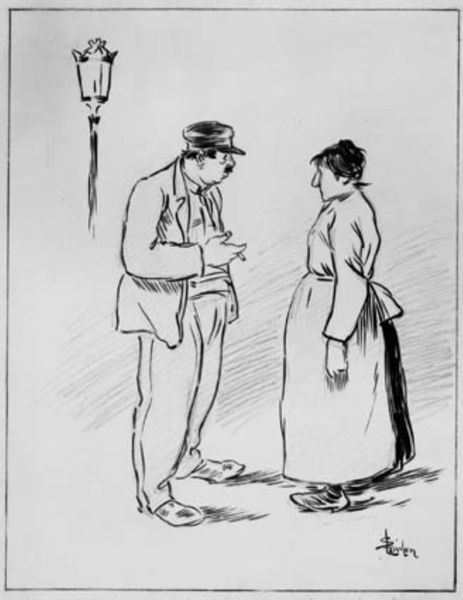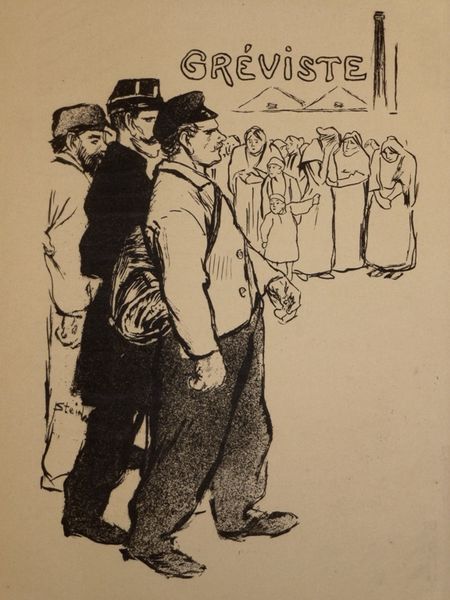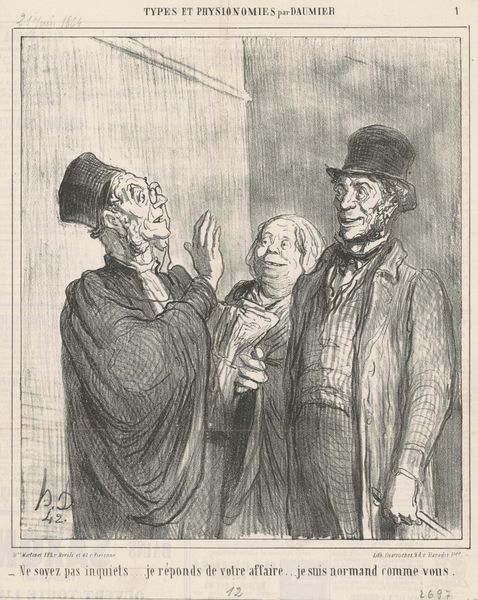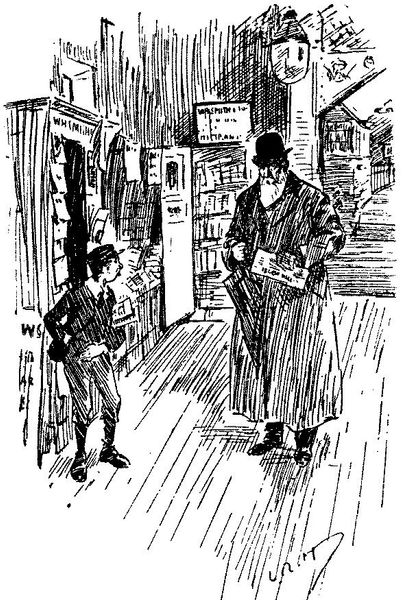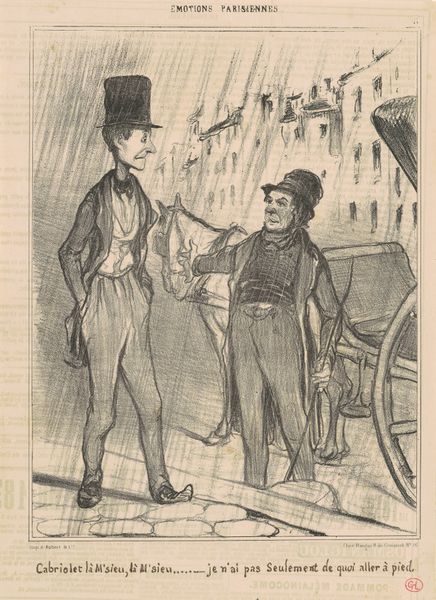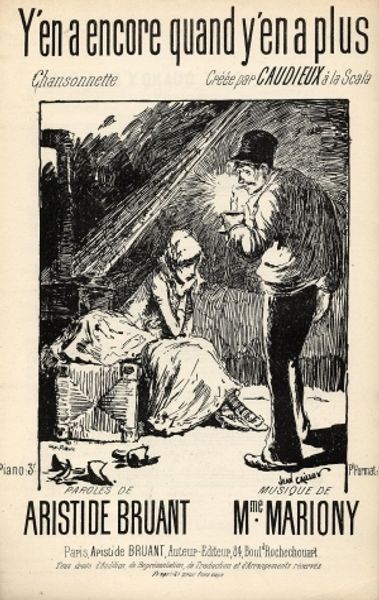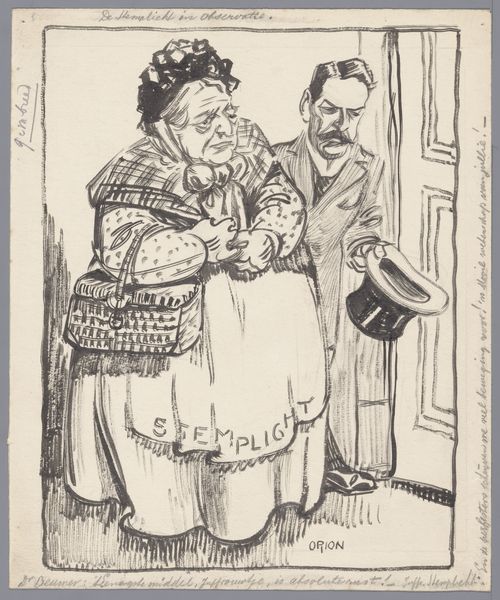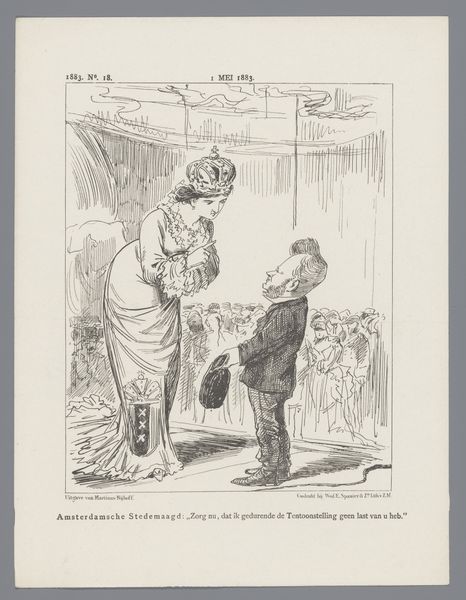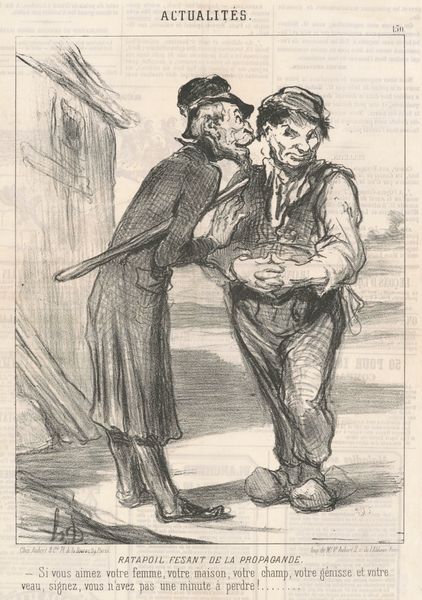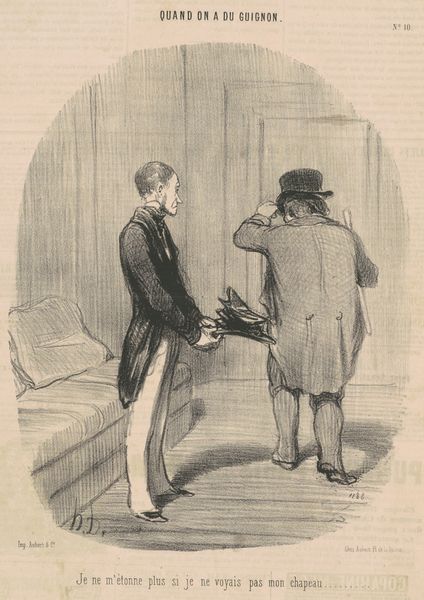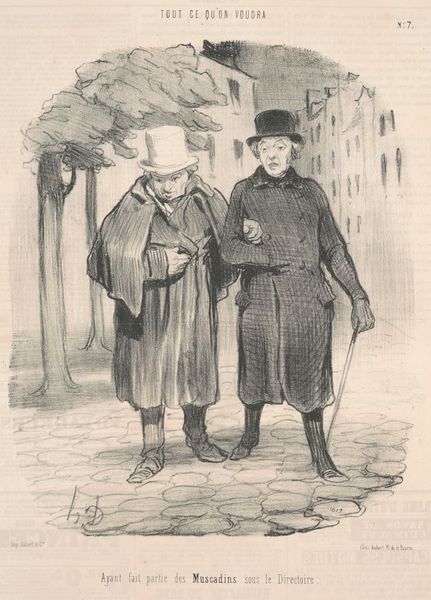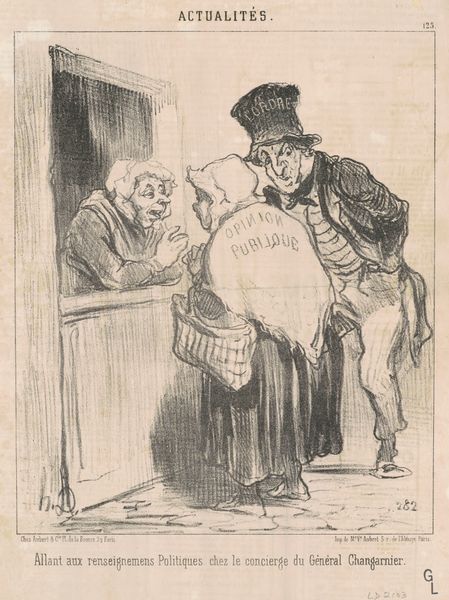
drawing, paper, ink
#
portrait
#
drawing
#
art-nouveau
#
paper
#
ink
#
symbolism
#
genre-painting
Copyright: Public domain
Curator: So, here we have Thèophile Alexandre Steinlen's "No," created in 1897 using ink on paper. What strikes you immediately? Editor: Oh, that's a scene alright. Awkward, tense… she’s clearly not happy. Reminds me of that feeling when you ask someone for something and already know what the answer will be, like asking my cat to do the dishes. Curator: That feeling is palpable. It encapsulates anxieties about power dynamics prevalent at the time, especially considering Steinlen’s involvement in social realism. I'm curious, what narratives do you think Steinlen is playing with in his depiction of the woman and the man? Editor: Playing? I’m not sure, seems too raw for playing, right? More like reflecting, or maybe refracting. The woman's body language screams defensiveness, maybe even indignation. She is guarding something – holding it, squeezing. Curator: I agree, and we can see a direct link to late 19th-century discussions about labor and class. The stark contrast in their attire, for instance, hints at their distinct social positions. Her worn clothing versus his formal attire speaks volumes. She's almost trapped by the world. Editor: True. He seems like he is an unwilling participant in the interaction or completely detached. It is funny, they both look displeased for opposite reasons, perhaps? But this scene also makes me wonder about other power structures and people’s positionality, then and now. What "No" are people trying to convey every day? Curator: That's a brilliant observation; Steinlen's “No” seems like an evergreen reflection on resistance, refusal, and, importantly, the struggle for agency against hierarchical structures. Editor: Totally. Art Nouveau often gets branded as just decorative and beautiful, but pieces like this remind us that aesthetics and the avant-garde could also pack a political punch, right? Steinlen seemed so tuned into it all, you know? Curator: Absolutely. His involvement with the leftist press gave him a platform to voice critical perspectives on class disparities. This piece acts as an important bridge between symbolism and social commentary. Thank you for helping me bring this picture to life. Editor: My pleasure! Thanks for allowing me to share my impressions of that powerful rejection hanging on the wall.
Comments
No comments
Be the first to comment and join the conversation on the ultimate creative platform.
